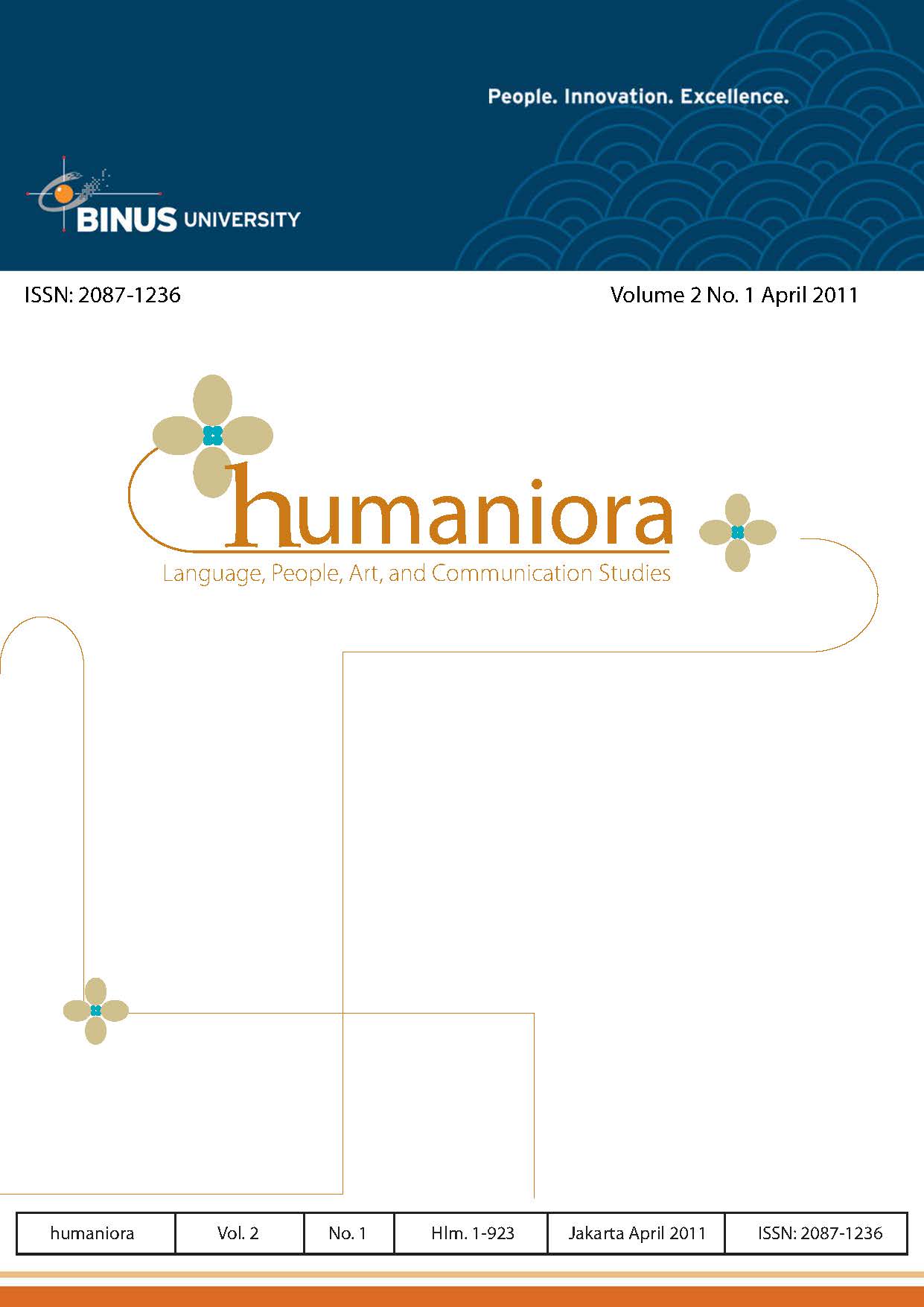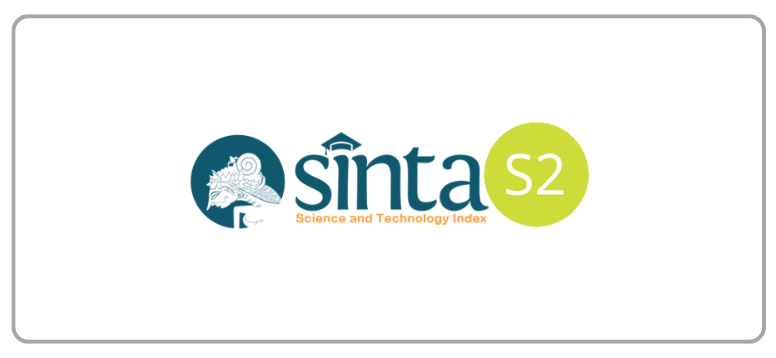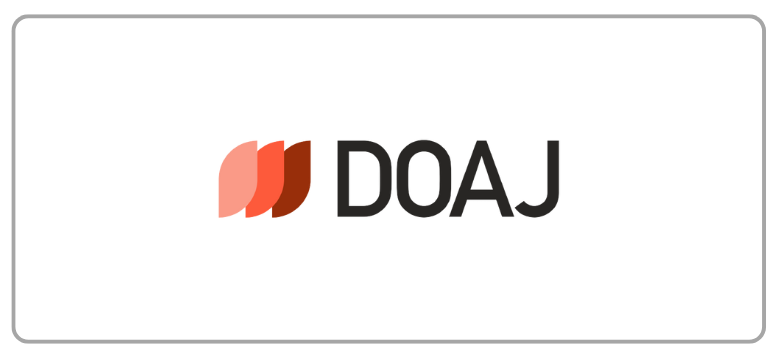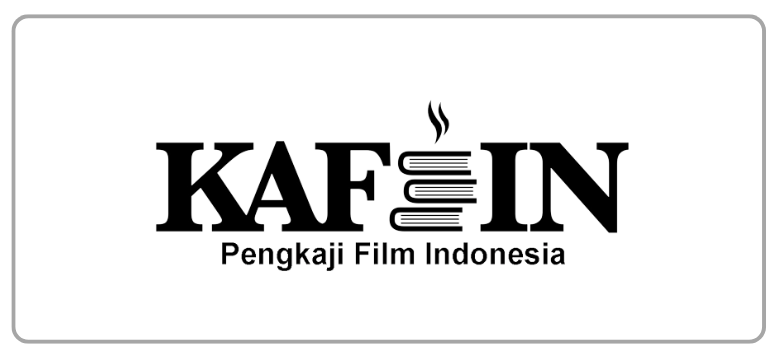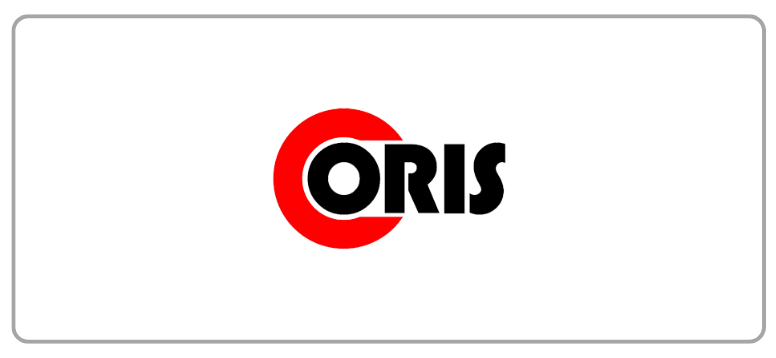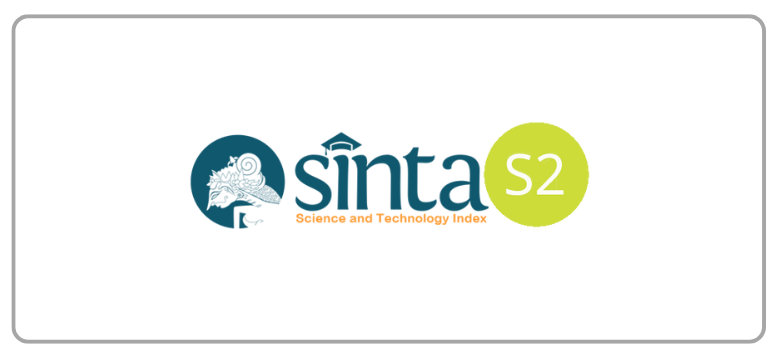Tinjauan Format Ideal, Fungsi dan Estetika Buletin Binus University
DOI:
https://doi.org/10.21512/humaniora.v2i1.3076Keywords:
bulletin, media, function, aesthetic, image, communicationAbstract
Buletin BINUS is a communication medium that connects Binusian, contains information about events held at BINUS. Figures of this bulletin is BINUS University, either through the appearance and content of the newsletter itself, where the messages contained in explicit and implicit  so that eventually will form a picture or image in the mind of the reader. This study examines the function and aesthetics in a format specific BULETIN which was published in 2008 and 2009. Reviewes carried out refers to the disciplines of Visual Communication Design. The purpose and benefits of this research is to use scientific and practical layout Buletin BINUS University and research results in the form of suggestions are ideal application of design elements for publication Buletin BINUS University, which is based on ease of implementation, the function of information, the effectiveness of media communications, and aesthetics. It is expected that the information in it will be delivered properly, can bring out the character right BINUS University and establish a positive image in the mind of the reader.
Â
References
Frost, C. (2003). Designing for newspapers and magazines. London: Routledge.
Knight, C. (2003). Layout: Making it fit. Gloucester: Rockport Publishers.
Rustan, S. (2008). Layout dasar & penerapannya. Jakarta: Gramedia Pustaka Utama.
Samara, T. (2005). Publication Design Workbook. Beverly: Rockport.
Samara, T. (2005). Making and breaking the grid: A graphic design layout workshop. Beverly: Rockport.
Samara, T. (2007). Design elements: A graphic style manual. Beverly: Rockport.
Wheeler, A. (2003). Designing brand identity. New Jersey: John Wiley & Sons.
Downloads
Published
How to Cite
Issue
Section
License
Authors who publish with this journal agree to the following terms:
a. Authors retain copyright and grant the journal right of first publication with the work simultaneously licensed under a Creative Commons Attribution License - Share Alike that allows others to share the work with an acknowledgment of the work's authorship and initial publication in this journal.
b. Authors are able to enter into separate, additional contractual arrangements for the non-exclusive distribution of the journal's published version of the work (e.g., post it to an institutional repository or publish it in a book), with an acknowledgment of its initial publication in this journal.
c. Authors are permitted and encouraged to post their work online (e.g., in institutional repositories or on their website) prior to and during the submission process, as it can lead to productive exchanges, as well as earlier and greater citation of published work.
USER RIGHTS
All articles published Open Access will be immediately and permanently free for everyone to read and download. We are continuously working with our author communities to select the best choice of license options, currently being defined for this journal as follows: Creative Commons Attribution-Share Alike (CC BY-SA)
